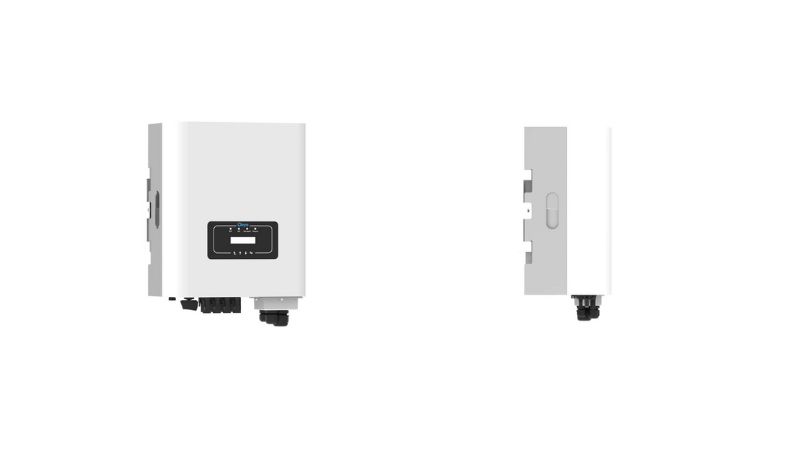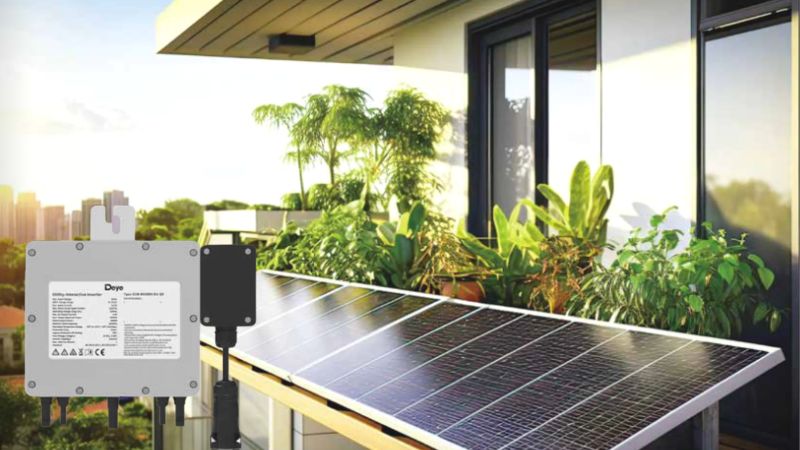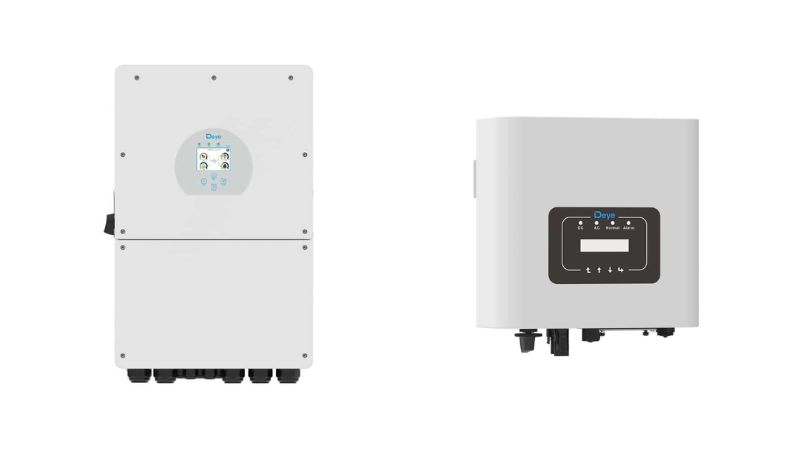Chronic insomnia affects about 10% of the American adult population, representing over 25 million people. High humidity and heat are two major reasons many people find themselves battling insomnia. Uncontrolled humidity can also encourage the growth of dust mites and other allergens that may affect sleep.
The good news is that insomnia resulting from a combination of heat and humidity can be solved using dehumidifiers.
In this article, we look at how a dehumidifier could be the solution for your insomnia. We also answer a number of the basic questions that people considering using a dehumidifier often have, such as how humidity is connected to insomnia, how a dehumidifier can assist with sleep, and if it is safe to use it all night.
What Is Insomnia?
Insomnia is a sleep disorder described by HelpGuide.org as “the inability to fall asleep or stay asleep at night, resulting in unrefreshing or non-restorative sleep.” HelpGuide.org is an independent nonprofit provider of health information.
Help Guide adds that insomnia “is a very common problem, one that takes a toll on your energy, mood, and ability to function during the day.” If it becomes a chronic condition, insomnia can lead to serious health challenges.
The Connection Between Humidity and Sleep
Humidity denotes the amount of water vapor in the air. You have probably heard people saying that the weather is muggy on a given day. This is a simple way of saying that the air is uncomfortably humid.
To understand the connection between humidity and sleep, let’s start by looking at the stages of sleep.
According to the National Institute of Neurological Disorders and Stroke, sleep can be divided into two basic categories: rapid eye movement (REM) sleep and non-REM sleep. The former is a single-stage, while the latter has three stages.
Stages 1 to 3 of the non-REM sleep include the changeover from wakefulness to sleep, progressing into deeper sleep, and a period of deep refreshing sleep.
According to the National Institute of Neurological Disorders and Stroke, REM sleep begins about one and a half hours after falling asleep. The same source adds that at this stage, “Your breathing becomes faster and irregular, and your heart rate and blood pressure increase to near waking levels.”
For the stages named above to progress naturally, you need to be sleeping in a suitable environment. Consequently, if a room is uncomfortably humid, you could remain awake for longer, decreasing the period you spend in both REM and non-REM sleep.
Sleep Foundation notes that humidity can also affect sleep in implicit ways. For instance, “Excessive dampness may aggravate asthma symptoms, and can also lead to bronchitis, respiratory infections, and other breathing problems that can cause sleep disruptions.” The same organization also notes that humid conditions can create a nurturing environment for the growth of small creatures, dust mites, and molds, which can become a source of allergens.
Sleep Foundation also adds that humidity can cause excessive sweating for certain individuals, making it uncomfortable to lie in bed.

What Is the Best Humidity Level for Sleep?
Too much humidity has a detrimental effect on sleep quality, but this should not be understood to imply that excessively low humidity is ideal. So, how much humidity is ideal, especially for a bedroom?
The United States Environmental Protection Agency (EPA) recommends keeping humidity between 30% and 50%. Sleep Foundation says that “60% seems to be the agreed-upon threshold for indoor humidity.”
One way of ensuring that a bedroom’s humidity is ideal for quality sleep is by eliminating excess humidity. A dehumidifier is the best method of achieving this.
What Is a Dehumidifier and How Does It Work?
A dehumidifier is an electric appliance that eliminates moisture from indoor air. You could think of a dehumidifier as a method of drying a room to maintain healthy air moisture levels.
In an attempt to describe how a dehumidifier works, Mitsubishi Electric says, “Working on the same principle as a refrigerator, moisture-filled air is drawn into the dehumidifier and passed over a cold, ‘refrigerated’ coil.” Adding, “The damp air condenses on the cold coil into water droplets which are collected in the water tank.”
How Dehumidifiers Assist With Sleep
Regarding sleep, the main benefit of a dehumidifier is that it removes excess moisture from the air in a room, creating a more comfortable space to sleep in. To understand how a humidifier assists with quality sleep, let’s look at some of the appliance’s benefits, as presented by Healthline.com.
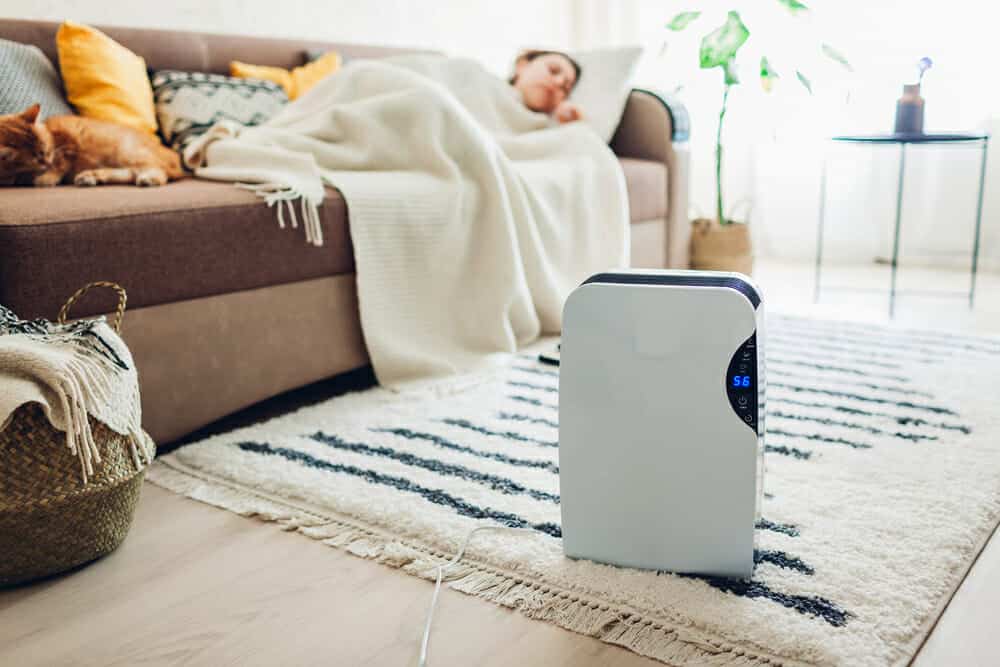
Eliminates Environmental Allergens
By eliminating excessive indoor air moisture, dehumidifiers also get rid of environmental allergens like molds and dust mites that cause symptoms such as eye irritation, chest pain, and sneezing. For example, dust mites can only survive and multiply at levels of humidity of at least 65%.
Sleep disruptions are lowered for people with allergies when the environment has as few allergens as possible. With fewer disruptions, it’s easier to get better-quality sleep.
Controlling Asthma
Air with high moisture levels is heavy and more difficult to breathe. Consequently, areas with high levels of humidity are pretty challenging for people with asthma. When the excessive moisture is removed from the air, the air becomes lighter and easier to breathe, making life easier for people living with asthma.
Asthma.org.uk identifies some reasons why asthma can wake you up at night. One of the reasons is that “Your bedroom might contain triggers that can make your asthma worse, such as dust mites in your mattress, pillows, and blankets.”
Asthma.org.uk also adds that “Mold is another common asthma trigger, so check your bedroom for damp patches on walls and mold growing around windows.” It has already been noted that dust mites and mold thrive in areas with high humidity. This can be corrected by removing the excess air moisture using a dehumidifier.
Increased Indoor Comfort
The US Energy Department proposes that by using a whole-house dehumidifier (WHD) “to control moisture levels (latent cooling) and optimizing a central AC to control temperature (sensible cooling), improvements in comfort can be achieved while reducing utility costs.”
A more comfortable house is likely to facilitate better-quality sleep. You will sleep even better if you consider that a dehumidifier working with your air conditioner will reduce energy costs.
Is It Safe To Use a Dehumidifier All Night?
Using a dehumidifier all night is safe. In fact, Mitsubishi Electric suggests that “Upon first use, your dehumidifier will have to start to remove moisture that has accumulated in the wall linings, carpet, and furnishings.” Adding that “For this reason, it is important to run the dehumidifier constantly for the first few weeks.”
Even though it’s safe to use a dehumidifier all night, some issues may arise if you make the air too dry. One of the health problems that can be triggered by overly dry air is dry and itchy skin. An environment with air that’s too dry could also worsen dry coughs and a stuffy nose.
To avoid issues, you may need to check the humidity in your bedroom constantly. If the humidity level lies below 50%, there is no need to run the dehumidifier in your bedroom throughout the night.
Generally, you will find that your dehumidifier works more in summer than it does in winter. This is because the hotter summer air is moister than the cold air of the winter.
Signs That You Need a Dehumidifier
Now that it’s clear that a dehumidifier can contribute to quality sleep, let’s look at some of the signs indicating that you may need a dehumidifier.
- Condensation on windows of glass doors.
- A sudden escalation of allergies among family members, especially after moving into a new home.
- A persistent damp smell lingers in your home.
- You notice an increase in undesirable pests like moths and cockroaches.
- Your clothes smell damp.
- Persistent respiratory illness symptoms like runny nose and coughing.
- You see mold spots on wall corners and ceilings.
If in doubt, you can always purchase a hygrometer. This is a device that provides an idea of the humidity in confined spaces.
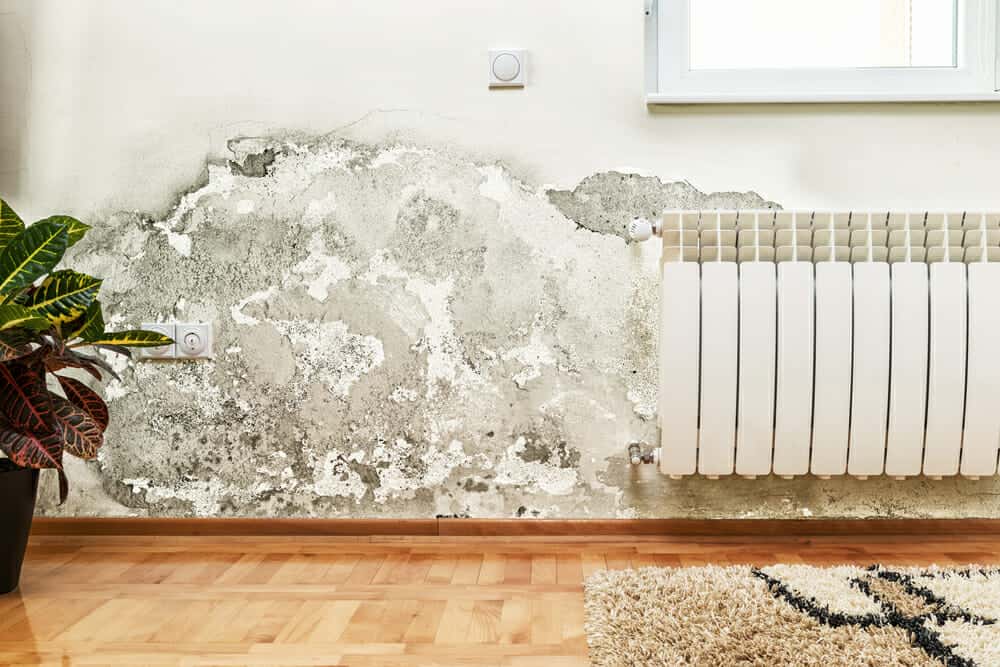
Maintaining Optimal Humidity in the Bedroom
A bedroom with excessive levels of humidity will make it a considerable challenge to get quality sleep. The great news is that a dehumidifier can be coupled with a few simple ways of controlling air moisture in the bedroom.
- Ensure that your bedding is breathable and doesn’t trap sweat.
- Avoid synthetic bedding materials that trap moisture.
- A breathable mattress increases comfort, allows air to move freely, and prevents any moisture from accumulating around you while you are sleeping.
- Open windows and doors during the day to allow air to circulate between the bedroom and outdoors. This ensures that no damp air is trapped inside the room.
It’s vital to remember that aside from humidity, many factors affect how well you sleep. Therefore, getting quality sleep should be seen as a multipronged approach involving the following factors, as identified by Sleep Foundation:
- Have a fixed time for going to sleep and waking up.
- Budget your sleeping time, ensuring adequate time before bed to relax and prepare for sleep.
- Avoid long naps during the day.
- Get adequate exercise.
- Avoid alcohol and caffeine close to bedtime.
If you have tried everything you can to get quality sleep and nothing seems to work, it may be time to see your doctor. An underlying medical condition may be the cause of your insomnia.


